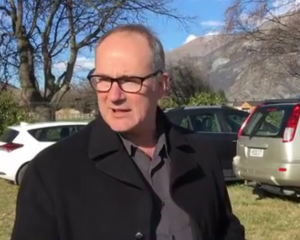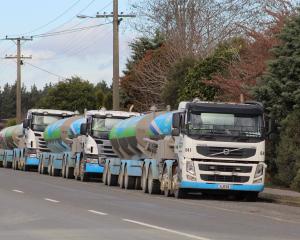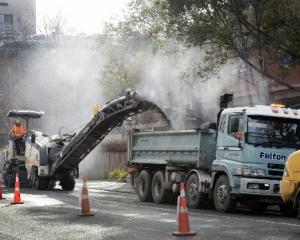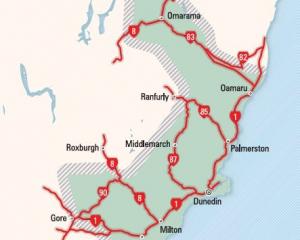A new guide highlights many ways to make the roads safer for motorcyclists, but riders want authorities to start with some of the smaller and easier solutions to ensure change does take place.
The New Zealand Transport Agency is developing a guide which aims to reduce the number of serious motorcycle crashes by providing consistent guidance for the people who design, build and maintain our roads.
But a group involved in developing the guide, which was released for consultation this week, says not everything can be fixed at once, so it is best to start with the little things.
Agency chief executive Geoff Dangerfield said statistics show there is plenty of scope to make motorcycling safer in New Zealand.
"Looking at crash data per kilometre driven, the risk of a motorcyclist being killed or seriously injured on New Zealand roads is 18 to 20 times higher than that of a car driver.
"There is much more that can be done to improve safety for motorcyclists, and this guide outlines some practical steps that can be taken."
The guide says there were more than 13,500 accidents involving motorcyclists and moped riders in the 10 years to 2010 and nearly 400 were fatal.
The guide highlights many of the issues which caused or contributed to these accidents and suggests ways to prevent further accidents.
These include improving surface conditions, eliminating potential hazards, improving rider behaviour and more education.
But rider Paul Searancke, who is deputy chairman of the Motorcycle Safety Advisory Council, says some possible solutions are easier and cheaper than others.
He cites as an example, dealing with potentially dangerous loose gravel that has spread on to a sealed highway from a driveway or unsealed side road.
He says bigger works such as road realignments are not so cheap or easy and unlikely to happen in the present economic climate.
They could, however, be incorporated into future roading projects.
Mr Searancke says the overall goal is to save lives.
"We just want to stop people getting killed or hurt." With initiatives such as the new guide, it is hoped that the rate of fatal accidents can be cut from 12 per 100,000 people to about eight, the figure for Australia's best state, Victoria.
• Police are seeking witnesses to a collision between a car and a motorcycle near Paekakariki, north of Wellington, on Tuesday, which killed the motorcyclist.
Detective Sergeant Shane Rongonui said a 58-year-old Kapiti Coast man, who has not been named, died at the scene on Paekakariki Hill Rd about 3.25pm.
The rider's motorcycle collided with a car turning into a driveway.
The driver of the car and children in the vehicle were "very shaken but unharmed", Det Sgt Rongonui said.
• Wairoa police and ambulance staff attended a motorcycle accident on State Highway 2 just south of Raupunga, in Northern Hawkes Bay, about noon yesterday after a 57-year-old motorcyclist crashed into the roadside barrier.
He suffered serious injuries and was transferred by rescue helicopter to Hawkes Bay Regional Hospital for treatment.
Decade of danger
Motorcycle/moped crashes 2001-10: 391 fatal, 3489 serious, 6281 minor, 3454 non-injury.
• Contribute to 7% of the total injuries in NZ.
• Risk of being killed or seriously hurt is up to 20 times higher for motorcyclist than for driver of a car.
• Crossing or turning in urban areas, losing control on a bend or head-ons in rural areas are the most common causes of crashes.





